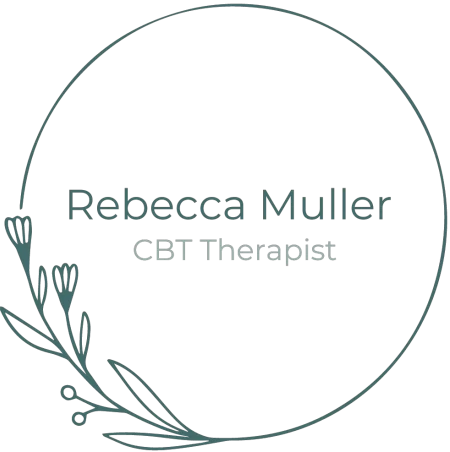As an online therapist based in Argyll and Bute, I'm always on the lookout for techniques that can help my clients process and heal from traumatic experiences. One such approach that has gained attention in recent years is the Rewind Technique, also known as the Visual-Kinaesthetic Dissociation Technique (V-KD or VK Dissociation).
The Rewind Technique is an imagery-based method that aims to help individuals who are struggling with intrusive traumatic memories. It involves guiding the client through a process of mentally "rewinding" the traumatic event while maintaining a sense of distance and safety. This technique is based on the idea that exposure to the traumatic memory in a controlled and safe environment can help reduce its emotional impact and allow for healing to occur.
During a typical Rewind Technique session, the therapist will first guide the client through relaxation exercises or a hypnotic induction to create a sense of calm and safety. The client is then asked to imagine themselves in a comfortable, safe space, such as a cinema, where they can observe the traumatic memory on a screen. The therapist guides the client to watch themselves watching the memory unfold, creating a sense of distance and dissociation from the traumatic experience.
Next, the client is instructed to imagine the memory playing out on the screen, from start to finish, at a normal pace. After this, the client is asked to imagine themselves jumping into the screen and experiencing the memory in reverse, as if rewinding a film, at a faster speed. This process is repeated until the client feels a sense of relief and the emotional charge of the memory has diminished.
It's important to note that while the Rewind Technique may be helpful for some individuals, it is not a standalone treatment for post-traumatic stress disorder (PTSD). The evidence supporting its effectiveness is limited compared to well-established, evidence-based treatments such as prolonged exposure, cognitive processing therapy, and eye movement desensitisation and reprocessing (EMDR).
If you are considering the Rewind Technique as part of your healing journey, it's crucial to work with a qualified therapist who has specific training in trauma-focused interventions. Be cautious of claims that the Rewind Technique is a "cure-all" or "magic bullet" for trauma – healing is a process that often requires a comprehensive and individualised approach.
In conclusion, the Rewind Technique is an fascinating psychological technique that may have potential in helping individuals process traumatic memories. However, it should be used as part of a broader, evidence-based treatment plan, under the guidance of a skilled and experienced therapist, such as myself. If you are struggling with the impact of trauma, know that there are effective treatments available, and that healing is possible. Please reach out to me at Rebecca Muller CBT for more information or to book an initial consultation.
